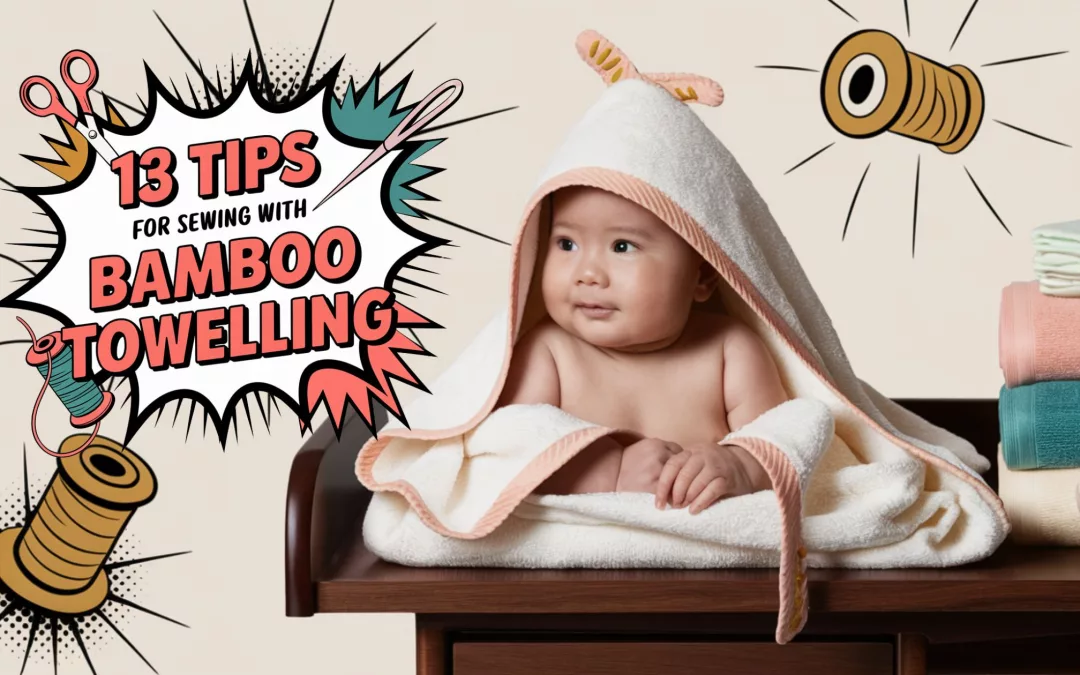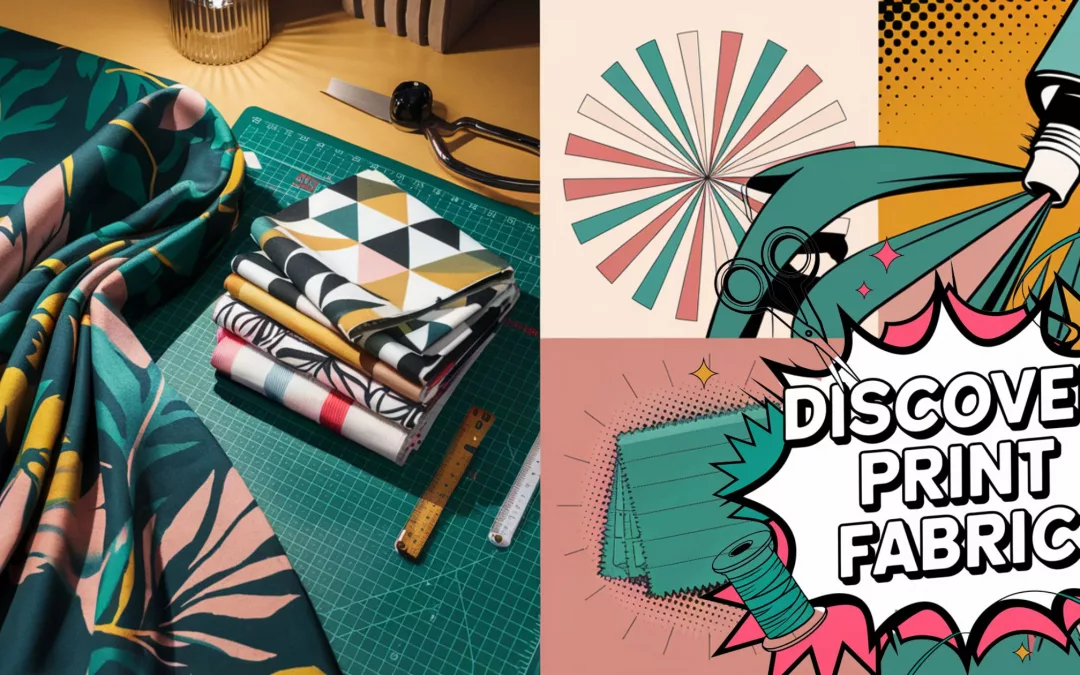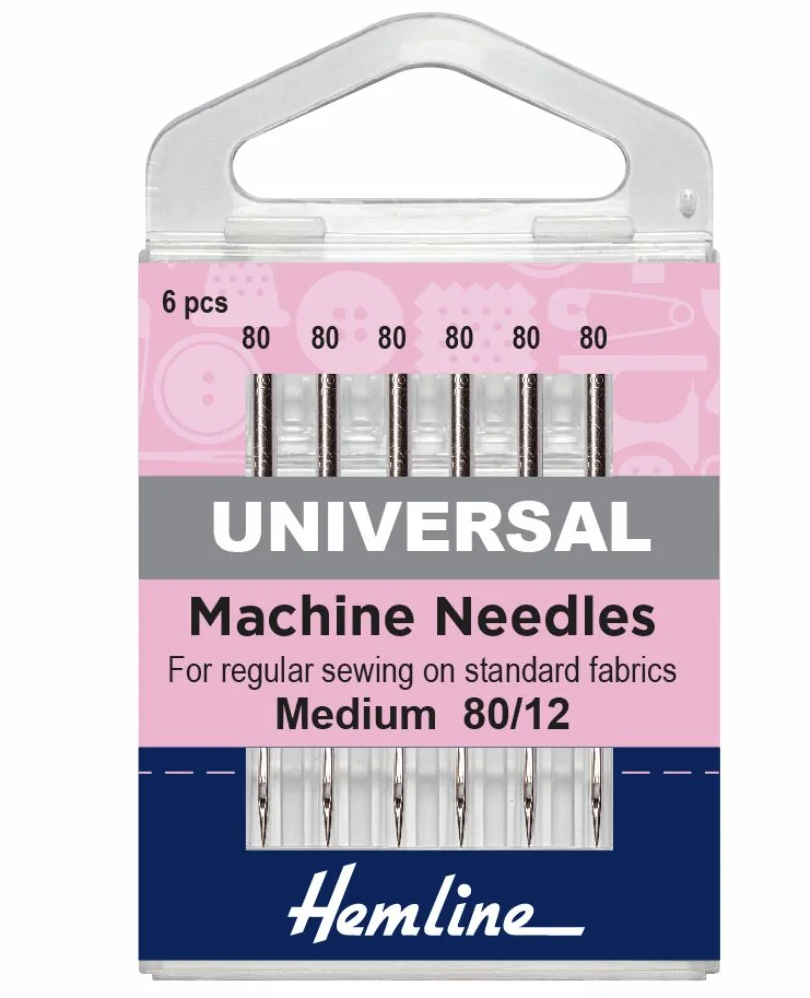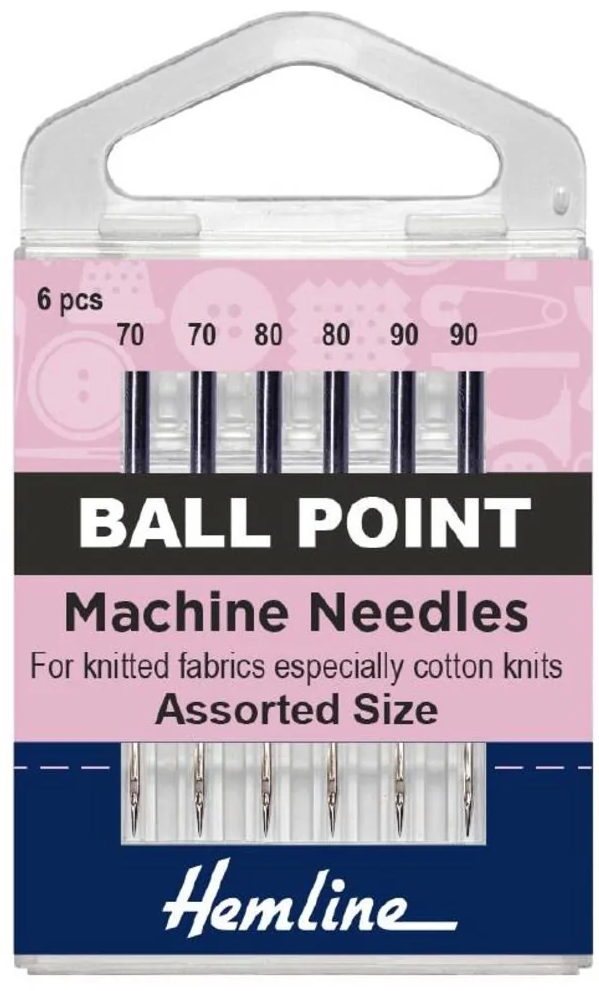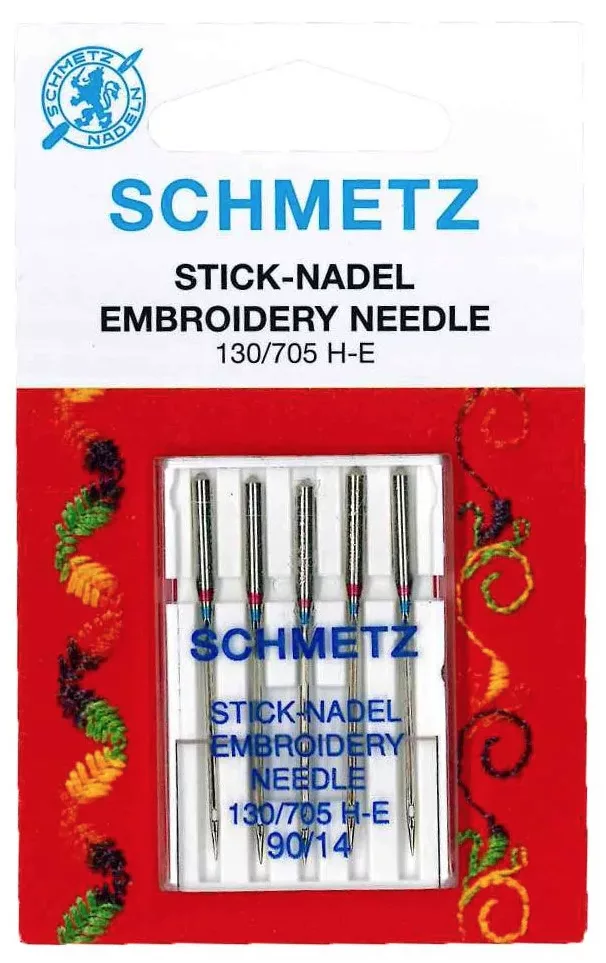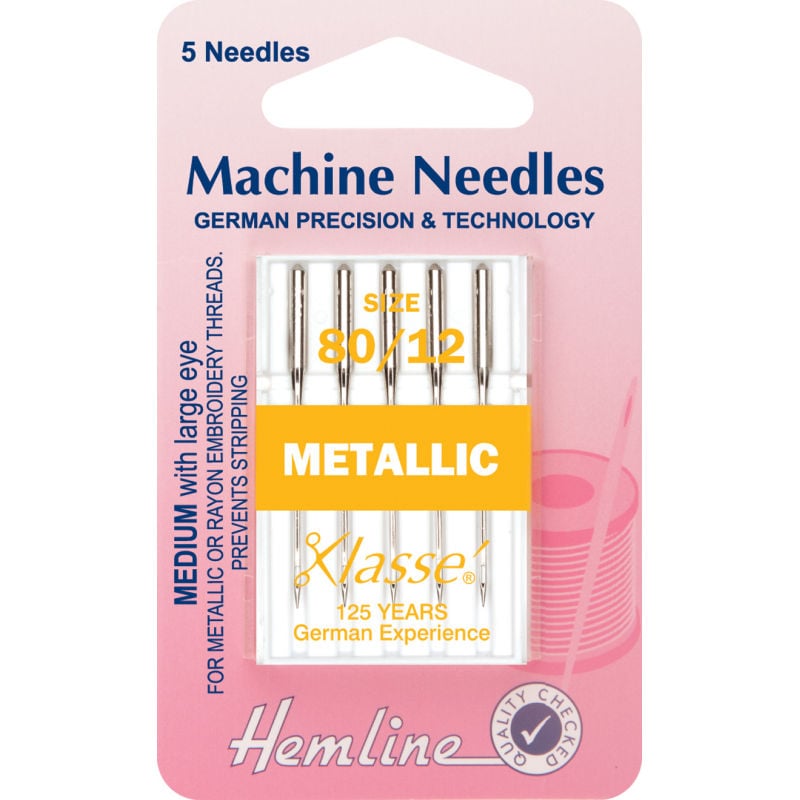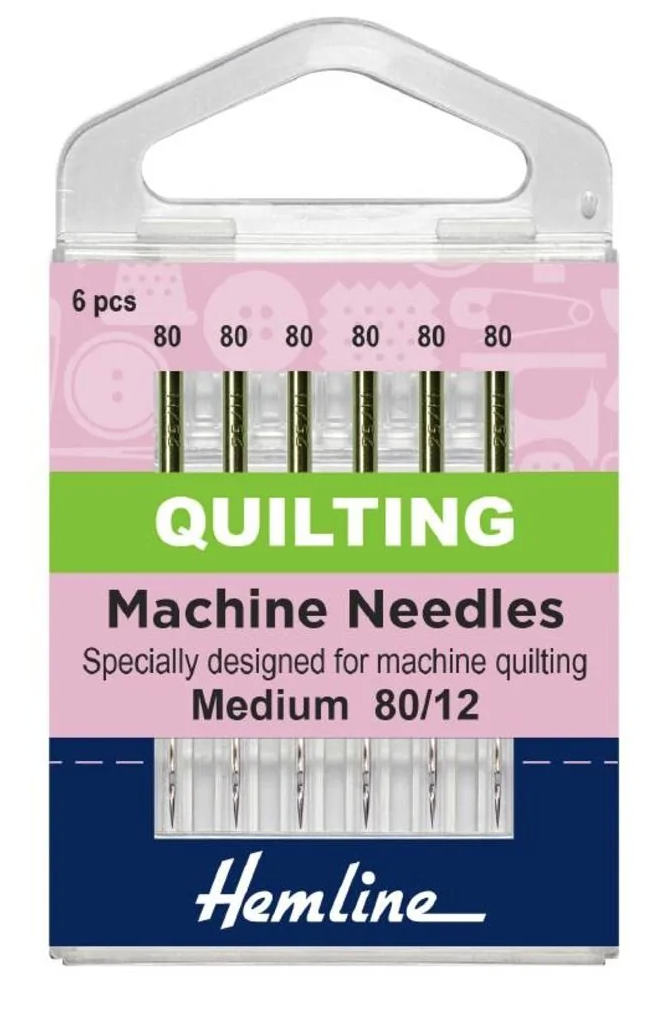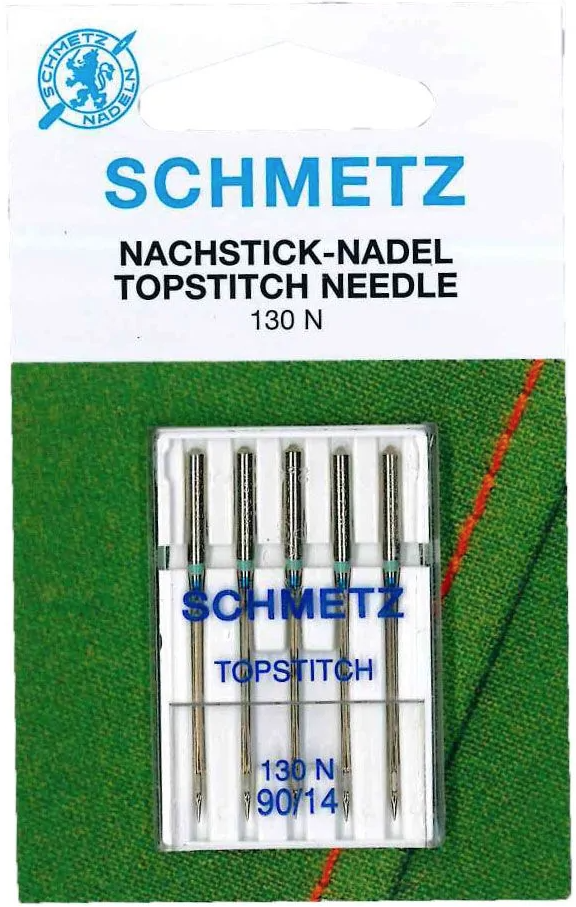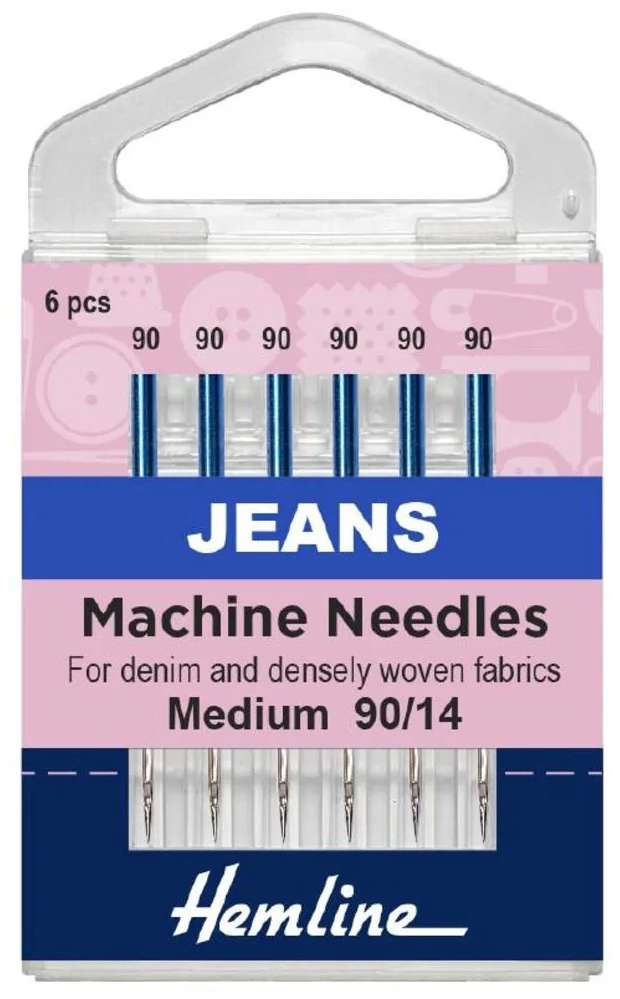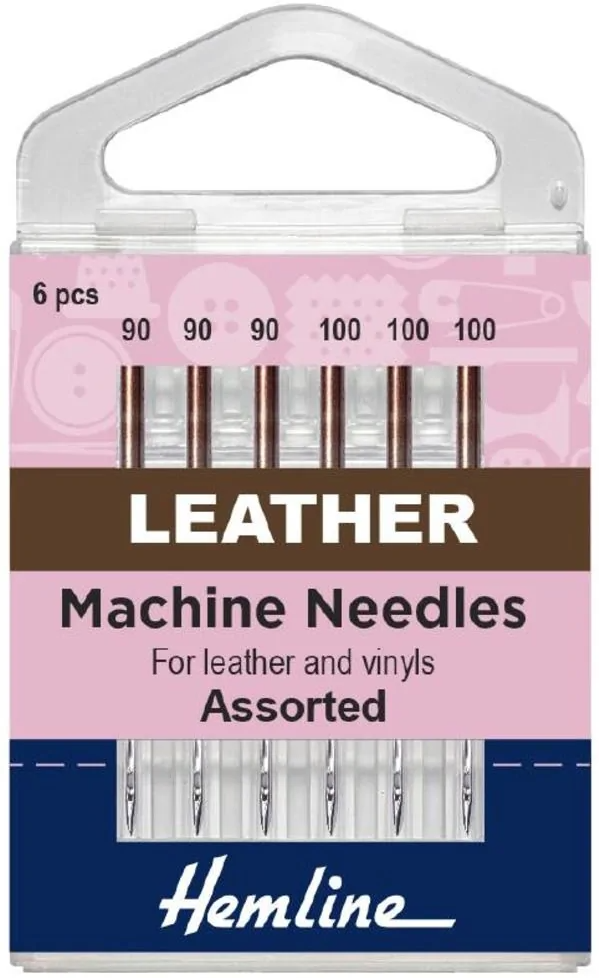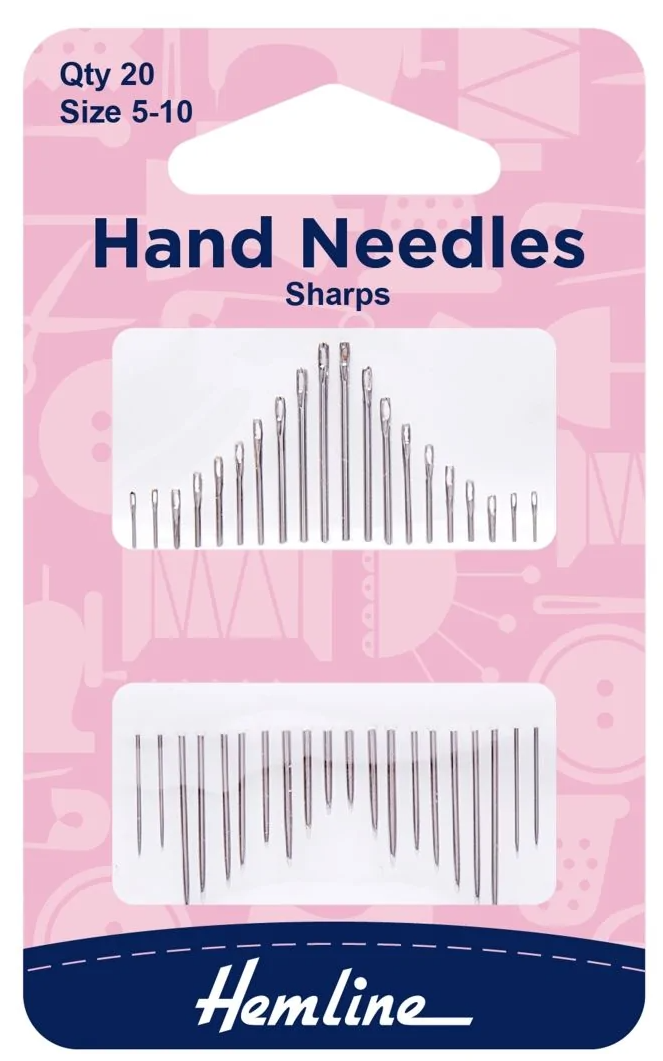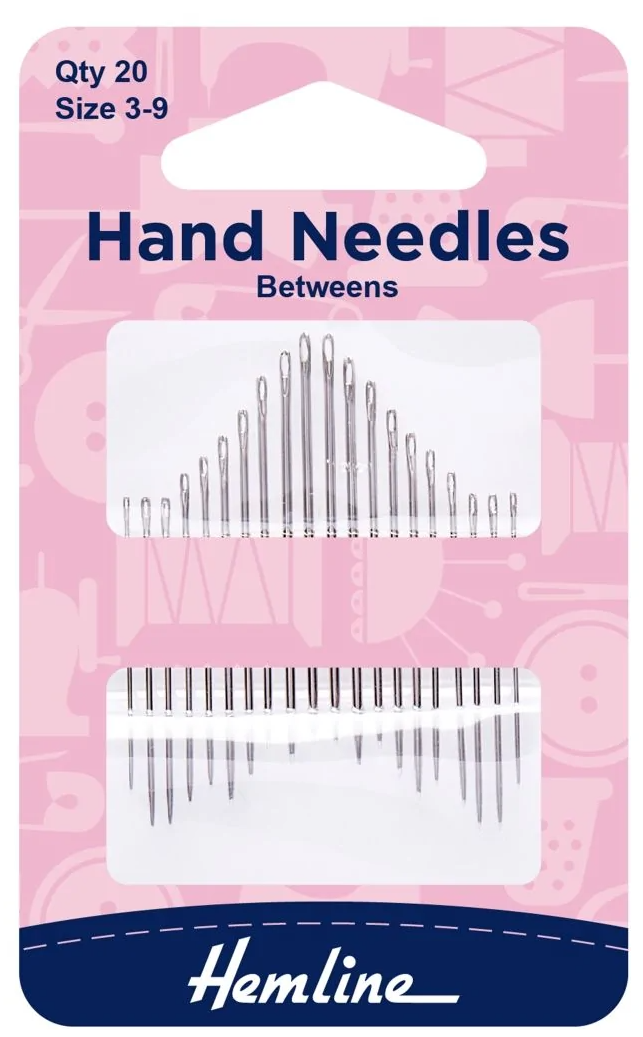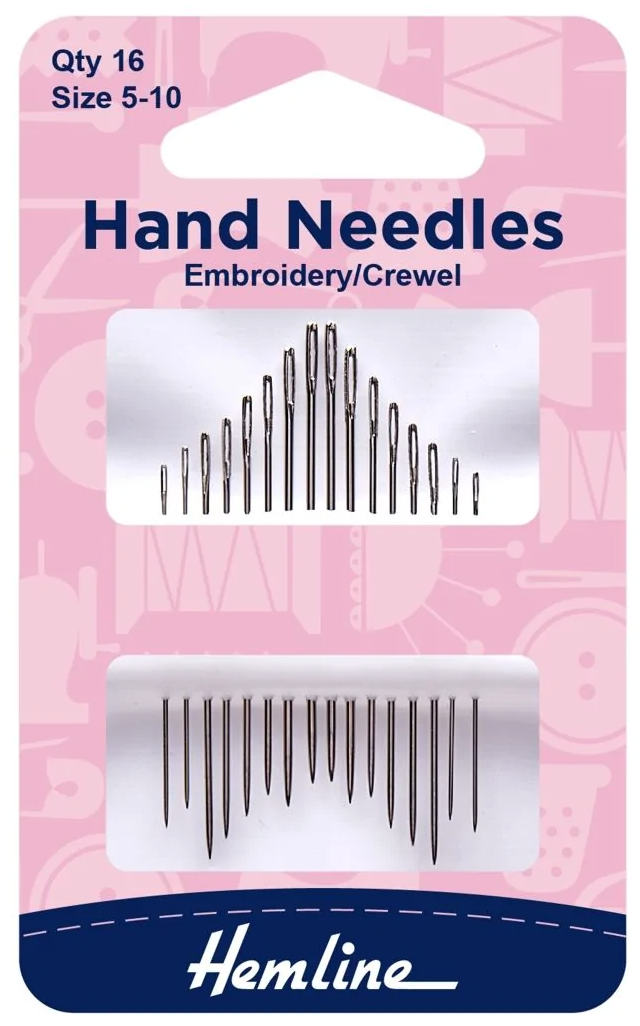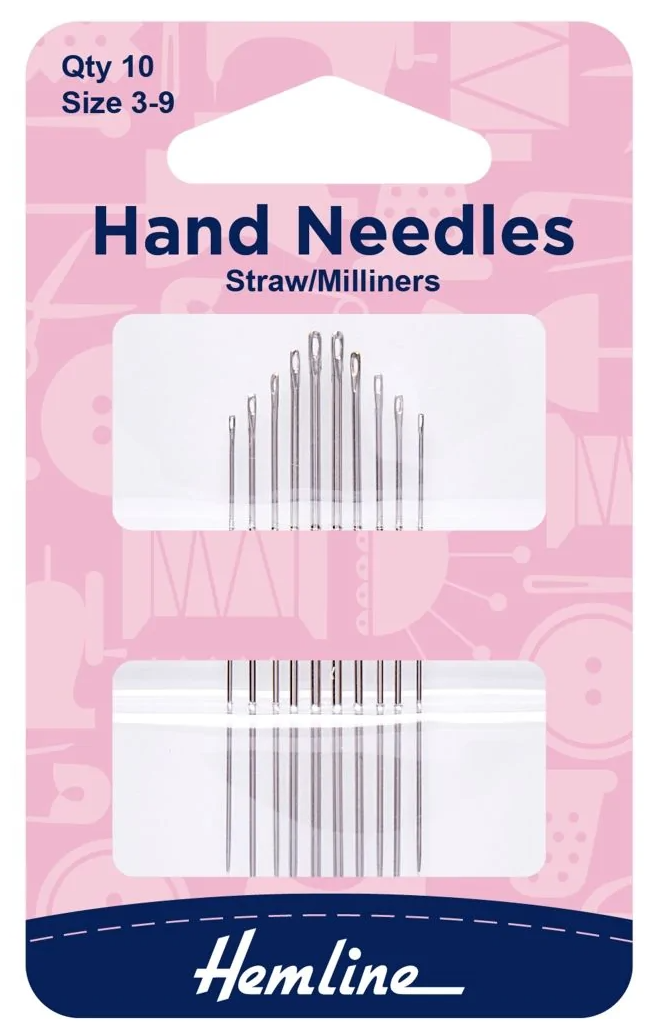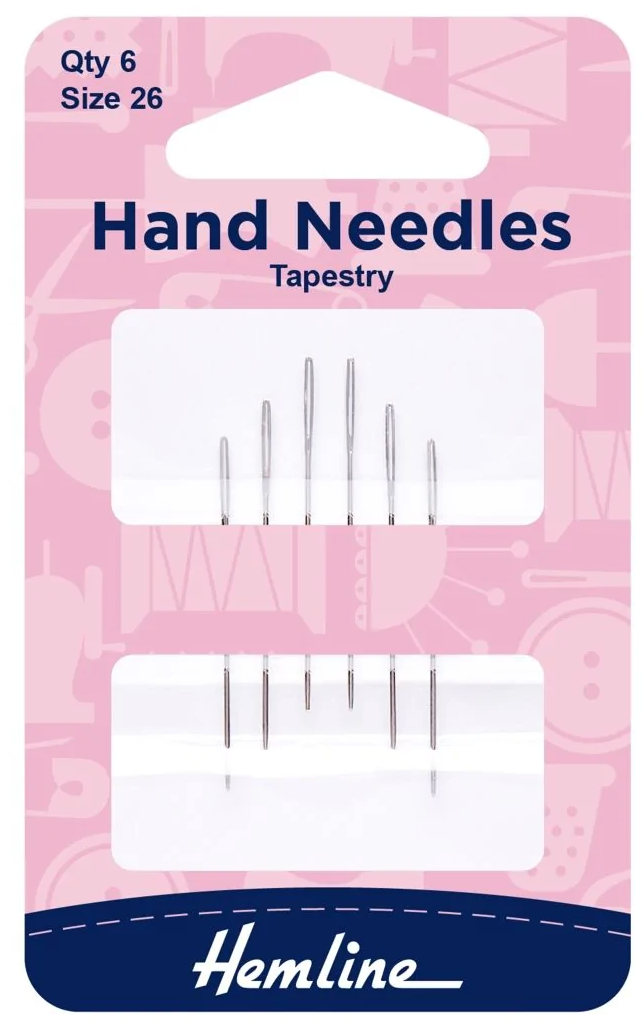
What is Manilla Pattern Card?
Ever heard of manilla pattern card and wondered what it is, and how it’s used in the sewing industry?
This special card is used extensively by industry professionals, pattern cutters, dressmakers & couture houses alike. It is specifically manufactured for making dressmaking pattern pieces and pattern cutting blocks more durable.
But why leave this amazing product for the professionals to benefit from when the home sewist can find so many uses for it?!
If you have a “Tried & Tested” dressmaking pattern you might want to consider investing in some Manila pattern card to preserve the life of your perfect pattern pieces, as well as making them easier for you to trace around.
If you are pattern cutting at home or tracing standard blocks, using this card means they can your pattern pieces be used over and again as a starting point for all basic garments.
Although we are focussing on dressmaking patterns here, this versatile card can be used for any of your sewing patterns… Think bag patterns, pouch patterns, bib patterns toy patterns… In fact, ANY pattern that you find yourself using time and time again would benefit from being traced on to this card.
In this guide we’ll not only give you the low down about this Pro-Product, but we’ll also walk you through two ways you can trace off and preserve one of your beloved patterns on to this useful card.
What is Manilla Pattern Making Card?
Used in garment making and pattern cutting, this card is thick & weighty enough to lay flat when cutting patterns. No pins are needed and minimal pattern weights are required, so it saves time in the long run.
Even though it’s durable, this card is also thin & lightweight enough to cut, fold, roll and store easily at home.
It is made by gluing 2 sheets of manilla card together once manufactured. This gives the card a smooth, firm and hard wearing surface and a clean tracing edge on pattern pieces & blocks.
What are the benefits of using pattern template card?
- Tracing patterns on to manilla card will preserve the longevity of your sewing patterns that can get easily damaged through repeated use
- Save time when tracing or cutting patterns as pins are not required
- You get a sharp edge on your pattern piece to trace around making it easier with a rotary cutter or fabric pen
How to preserve a dressmaking pattern

Boring Legal Bit: If you follow any tutorial or guidance found in this post, or on this blog, you agree to be bound by our disclaimer which can be viewed here
You Will Need:
- The pattern you want to preserve/copy
- Pattern Making Card
- Scissors
- Swedish Tracing Paper
- Mechanical pencil
- Tape Measure
- Ruler
- French curve
- Tape
- Eraser
- Glue stick or spray adhesive
New to dressmaking? Why not check out our Beginner’s Guide to Reading Dressmaking Patterns Post
How to Transfer a Pattern On To Pattern Card

Method 1: Use Pattern Weights
This method is particularly useful for preserving basic core pattern blocks, that will be traced around many times
1) Cut out your pattern piece on to pattern tracing paper, including any marks, dots and notches. Swedish Tracing Paper is ideal to use here
2) Lay the pattern piece flat on top of the card, using pattern weights. It needs to be completely flat so you may want to press it before proceeding.
3) Trace around all edges and markings of your pattern piece, using a long ruler or french curve to ensure you are creating accurate lines.


5) Remove the pattern piece, and cut around your new card pattern. Transfer any markings, such as notches and dots, using an awl to create holes for dots or things like dart points, and snips or a pattern notcher for notches.
Have you seen our Swedish Tracing Paper Guide? It’s pattern paper you can sew! Check out this post for more info

6) Your card pattern pieces can now be used with pattern weights and a rotary cutter to directly cut out your fabric.
Or you can trace around them to quickly create markings for your basic block on paper, which can then be adapted to make a new pattern design.
Use a hole punch to create a hole in the pattern piece, and you can store them on thread, string or a wire hook to hang them on a rail.
Method 2: use Glue
In this method you glue your pattern piece to the card and then cut round the edge. All of your pattern markings will already be visible for the original pattern piece
1) Using a glue stick (ideally a fairly ‘dry’ glue that isn’t too wet and won’t cause your pattern to wrinkle) or a spray adhesive stick your paper pattern to the pattern card.
You can either cut out and stick down the entire pattern sheet, or do it piece by piece. You will get a neater result sticking the pattern down as a full sheet.

2) Cut out the pattern pieces from your card and transfer any markings, such as notches and dots. Use an awl to create holes for dots or things like dart points, and snips or a pattern notcher for notches.

3) Your card pattern pieces can now be used with pattern weights and a rotary cutter to directly cut out your fabric.
And you’re done!
We hope your found this product guide and tutorial on how to preserve a pattern on manilla card helpful
Never miss a guide or tutorial
Click to join our mailing list!


























